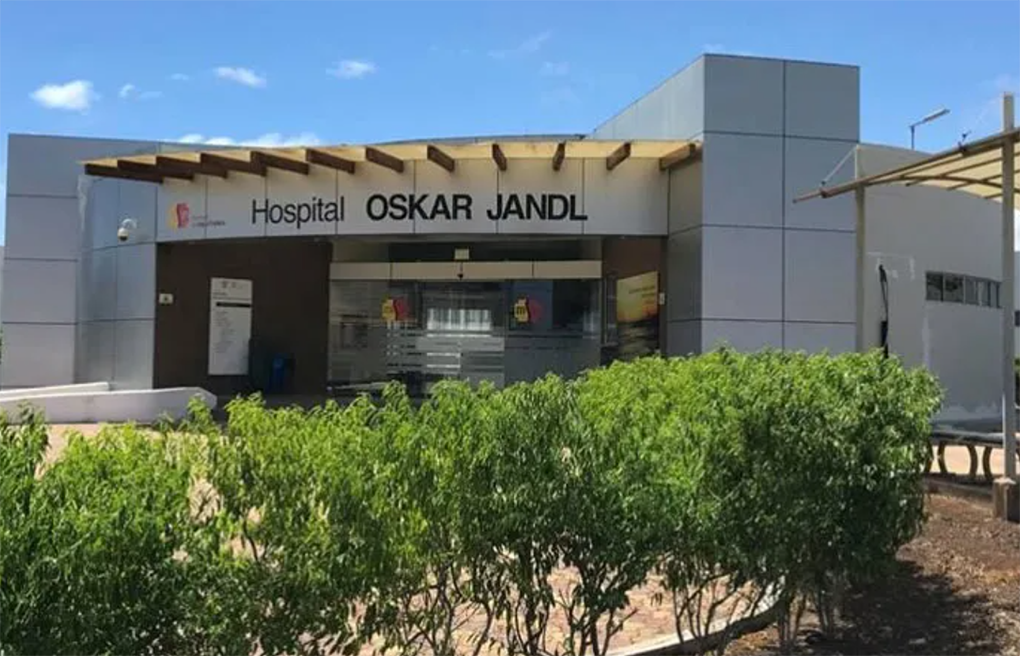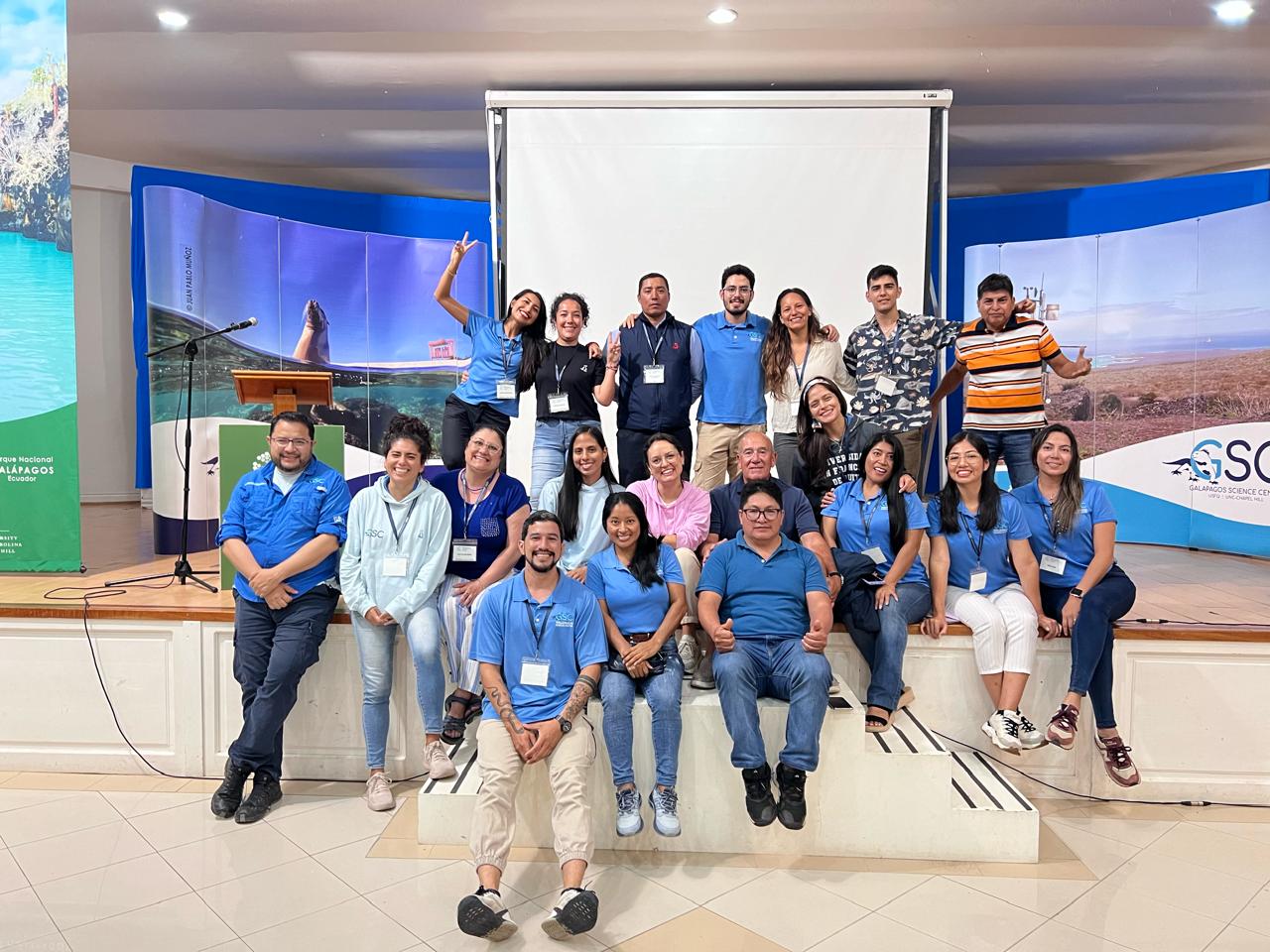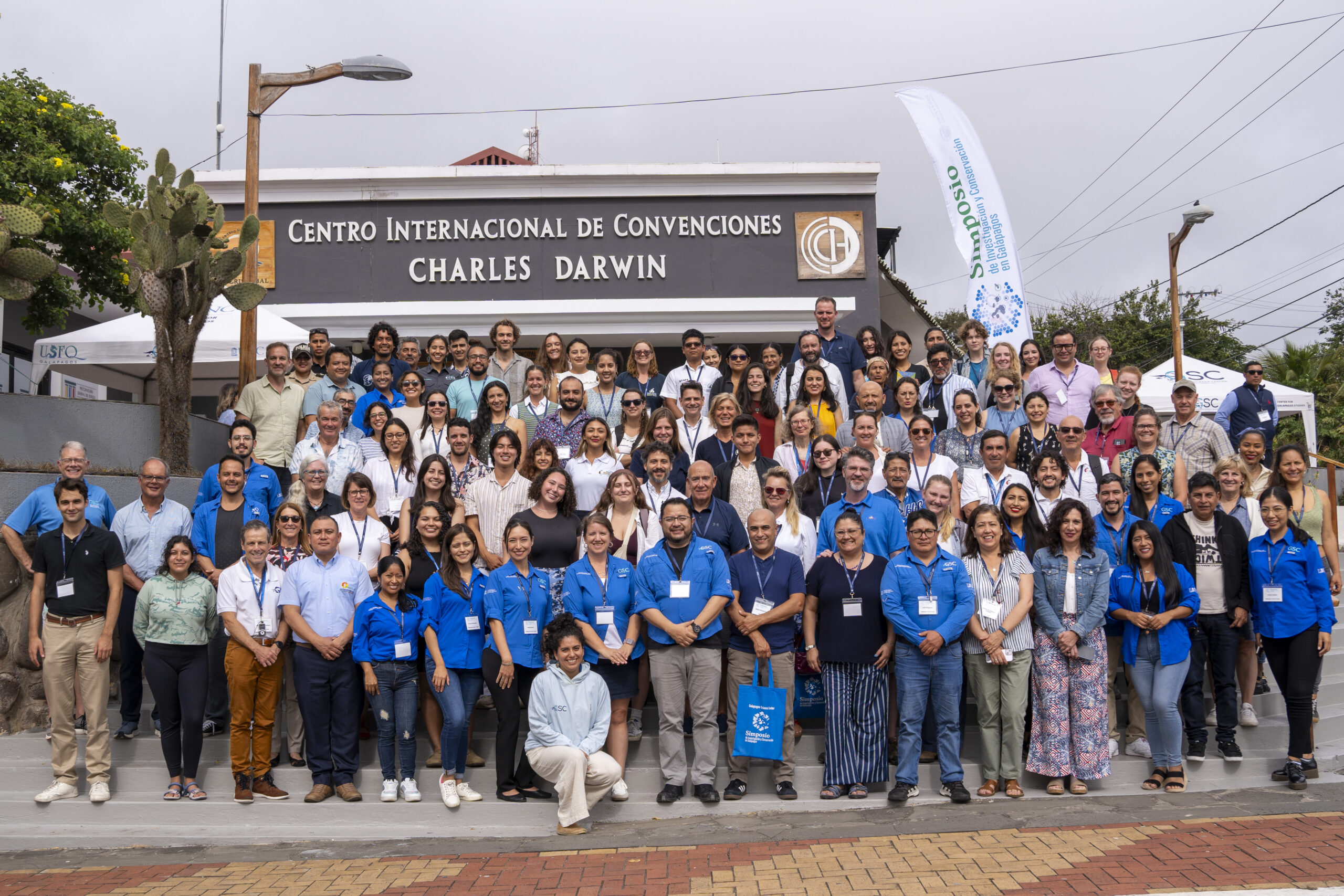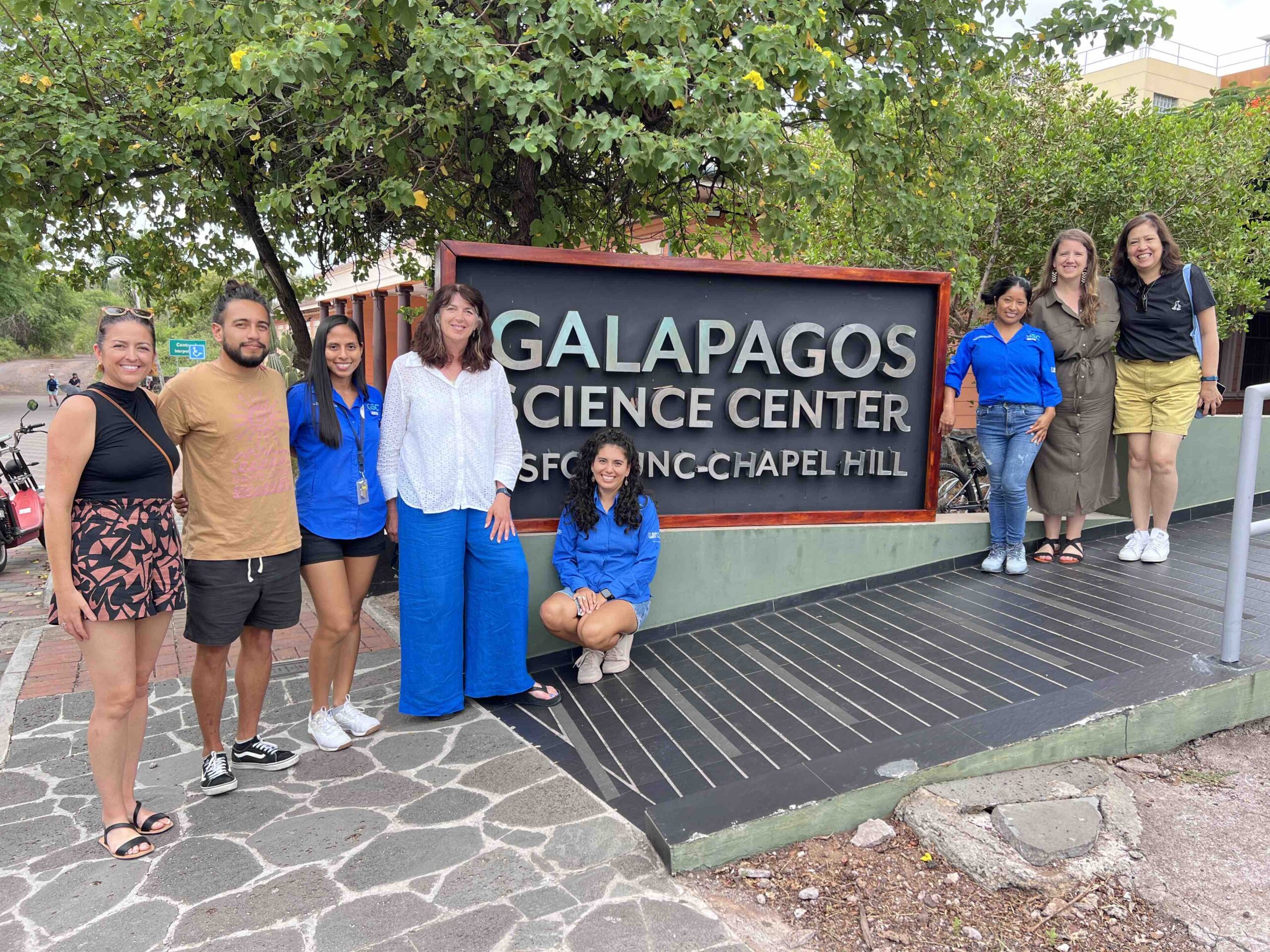La recién graduada de doctorado de UNC, Dra. Hannah Jahnke, y su equipo, incluyendo a la Dra. Amanda Thompson de UNC y el Dr. Enrique Terán de USFQ, han publicado un artículo en Placenta titulado “Estrés materno, 11β-hidroxiesteroide deshidrogenasa tipo 2 placentaria y desarrollo del eje HPA en lactantes: Vías psicosociales y fisiológicas”. Este fue un esfuerzo colaborativo con el Hospital Oskar Jandl en San Cristóbal, Galápagos.
Este artículo analizó a 24 madres e infantes en Galápagos y destaca cómo el estrés prenatal influye en la fisiología placentaria materna y en el desarrollo infantil. Descubrieron que un alto estrés materno disminuye la expresión de una enzima protectora y, por lo tanto, aumenta el riesgo de enfermedades a largo plazo en el infante.
Se ha demostrado que el estrés prenatal materno desregula el desarrollo del eje hipotálamo-hipofisario-adrenal (HPA) del infante, lo que conduce a un mayor riesgo de trastornos metabólicos y neuroconductuales a largo plazo. Durante el embarazo, la 11β-hidroxiesteroide deshidrogenasa tipo 2 (HSD11B2) placentaria protege al feto de los altos niveles de cortisol materno (comúnmente conocido como la “hormona del estrés”) limitando la cantidad de cortisol que llega al feto, pero se sabe poco sobre lo que influye en su funcionamiento.
En este trabajo, los investigadores evaluaron cómo el estrés materno afecta el funcionamiento de la HSD11B2 placentaria (a través de la metilación y la expresión), y cómo la HSD11B2, a su vez, se asocia con el desarrollo del eje hipotálamo-hipófisis-suprarrenal (HPA, por sus siglas en inglés) del infante. Se concluyó que la disregulación del eje HPA materno (basado en el cortisol) durante el embarazo se asocia con una menor expresión de HSD11B2 placentaria, lo cual se relaciona con una reactividad exagerada al cortisol en los infantes. Aunque estos resultados parecen contradictorios en un marco adaptativo, donde el estrés materno disminuiría la metilación de HSD11B2, aumentando así su expresión para brindar un efecto protector al infante en tiempos adversos, estos resultados son consistentes con hallazgos de muchos otros estudios y pueden encajar en un modelo fisiológico más amplio donde las respuestas adaptativas se interrumpen por un uso excesivo.
Además, los análisis específicos por sexo revelaron que los síntomas depresivos maternos pueden influir en el funcionamiento de la HSD11B2 placentaria de manera diferente en niñas (n = 11, 46%) que en niños (n = 13, 54%), aunque el tamaño de muestra fue pequeño. Específicamente, los síntomas depresivos maternos se asociaron marginalmente con una mayor metilación de HSD11B2 y significativamente con una menor expresión de HSD11B2 en las placentas de niñas, pero no en las de niños. Estos resultados son consistentes con los hallazgos de otros estudios que han mostrado que el sexo del infante a menudo se asocia con diferencias en la función y la fisiología placentaria.
Aunque los mecanismos detrás de las diferencias sexuales en la programación fetal siguen siendo desconocidos, otros han sugerido que estas diferencias en la vida temprana pueden ser consecuencia de un “intercambio de viabilidad-vulnerabilidad”, en el que los machos no se adaptan a la adversidad temprana, y solo sobreviven los más aptos, mientras que las hembras modifican su crecimiento en respuesta a la adversidad, mejorando su viabilidad pero aumentando su vulnerabilidad a los efectos perjudiciales de estas adaptaciones más adelante en la vida.
Este trabajo contribuye a las teorías evolutivas de la adaptación en la vida temprana y sirve como investigación exploratoria fundamental sobre la influencia placentaria subestudiada en la programación fetal, que tiene consecuencias para el desarrollo de enfermedades a largo plazo. Hasta donde sabemos, este es uno de los primeros estudios que examina cómo la metilación y la expresión de HSD11B2 en la placenta responden al estrés materno y moldean el cortisol del infante.
Conoce más en el enlace.






